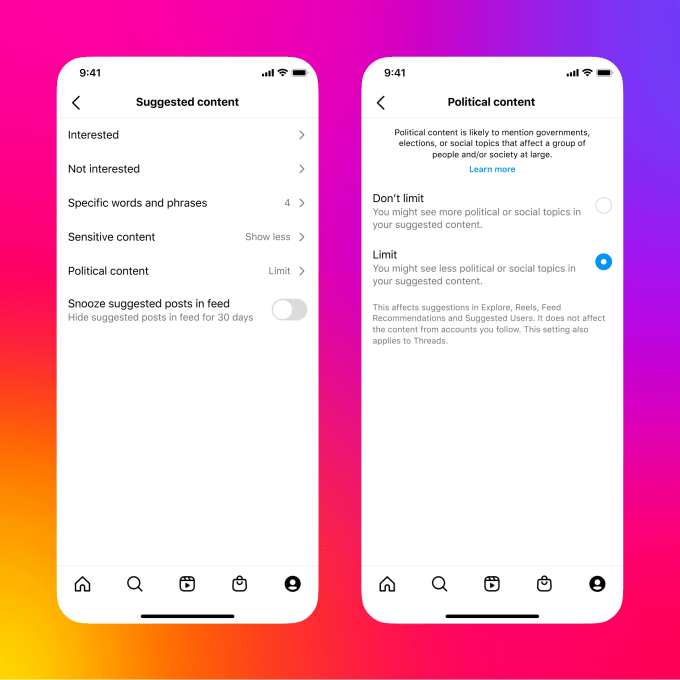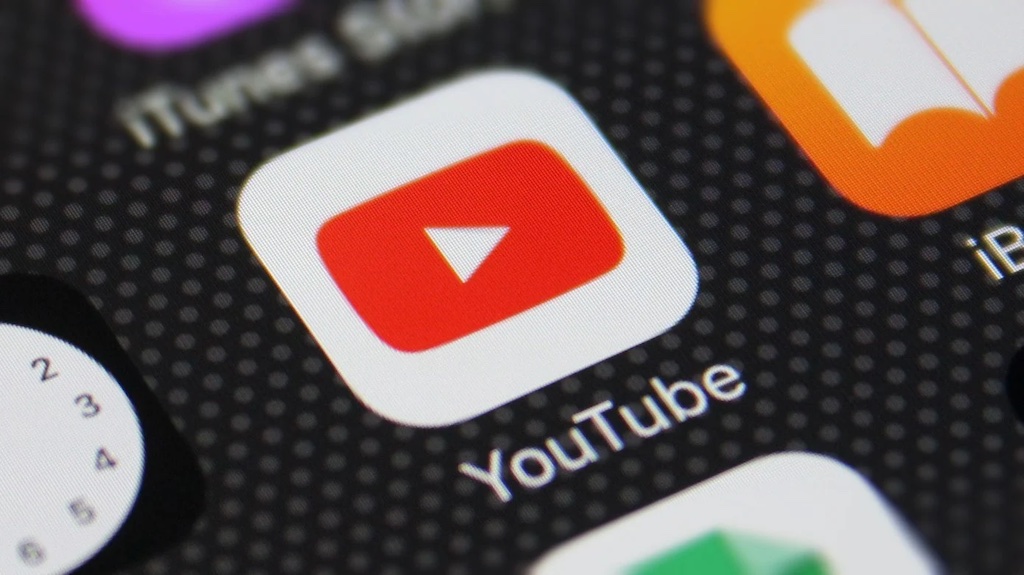
With Spotify’s recent launch of comments on podcasts, the streamer is taking yet another step toward building a social networking experience in an app primarily known for music. With comments, podcasters can now engage with their listeners directly within Spotify, as they can with other interactive features like Polls and Q&As. Combined with the app’s 2023 revamp, which added a TikTok-like discovery feed, artist profiles where creators can hawk merchandise and concert tickets, as well as the ability to post to stories, Spotify’s app is shaping up to be a social network centered around all things audio, not just a music-streaming app.
Following this week’s added support for comments on podcast episode pages — a social networking feature if there ever was one — the question now is whether Spotify will add something similar for music artists in the future. This could be an even more compelling addition to the app, as the fanbases around musicians tend to be larger and more active than those around most podcasts.
When speaking with Spotify VP of Podcast Product Maya Prohovnik about the launch of comments, we ventured a question about adding support for comments on artists’ pages, too.
Prohovnik didn’t outright deny that such an idea was under consideration, instead initially declining to comment, before adding that: “I can see a world where we extend [support for comments] to other formats on Spotify, but we always want to do whatever is right for the format, and those types of creators and artists.”
It’s worth noting that the idea to build a social network in a music app has been tried before by Spotify’s top competitor, Apple.
In 2010, Steve Jobs introduced iTunes’ new social network Ping as “Facebook and Twitter meet iTunes,” calling it a “social network all about music.” Clearly, Jobs was onto something, but Ping never found success in the Apple founder’s lifetime. Shortly after Jobs’ death, Apple shut down Ping in 2012, a rare flop for the iPhone maker. Apple later tried again with a social feature for musicians, Connect, which also didn’t last.
Even today, Apple continues to half-heartedly embrace social networking in its Apple Music streaming service, with an optional feature that will periodically check the contacts on your devices to recommend new friends to follow so you can see what they’re listening to.

However, unlike Apple, Spotify has never made a bold declaration that it was building a social network focused on audio.
Rather, the company has quietly and slowly rolled out a series of features that simply make the app more social for both creators and their fans. With last year’s redesign, for instance, Spotify added in-app video feeds across its Home pages, including its tabs for Music, Podcasts and now Audiobooks. Though those feeds’ designs have been tweaked since launch, the move served as a signal that Spotify was taking learnings from Gen Z’s preferred social network, TikTok, when designing its own product.
Spotify CEO Daniel Ek spoke to TikTok’s influence during the company’s Q1 2024 earnings, telling investors that TikTok and others had “improved the user experience” and that the industry was “learning about these trends and trying to improve our products.”
“… We are not any different than anyone else in that we’re trying to learn from the marketplace,” Ek said, hinting at the app’s TikTok inspiration. “We learn what consumers like. We try to improve upon it and make the best possible user experience.”

Over the past year, the company also added new ways for artists to reach fans, through a Spotify Clips feature, that worked similarly to Stories on other social networks. Here, artists could add 30-second videos to their profile pages and album pages.
Artists can also get fans excited about new releases with Countdown Pages, and fans continue to hear from favorite artists through video messages via the company’s annual Spotify Wrapped campaign. Meanwhile, Spotify users can continue to follow creators and friends on the platform to stay updated on the latest music and events and see what friends are streaming. They can collaborate on playlists with others in many ways, including in real time. The company has previously been spotted testing a Community feature that would allow users to see, in real time, what others were streaming.
With the addition of comments, Spotify envisions an app where users aren’t just launching audio and then returning their phone to their pocket, but one where they’re actively engaged, sharing their thoughts, feelings and opinions as they would on a traditional social network.
Combined, these features are beginning to add up to an app that’s not just another music streamer, but one that aims to compete for users’ time — and eventually, the ad dollars — spent on larger social networks.
Chasing YouTube, Spotify adds comments to podcasts




